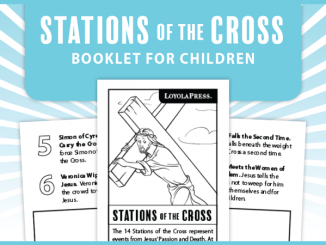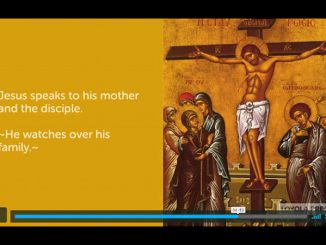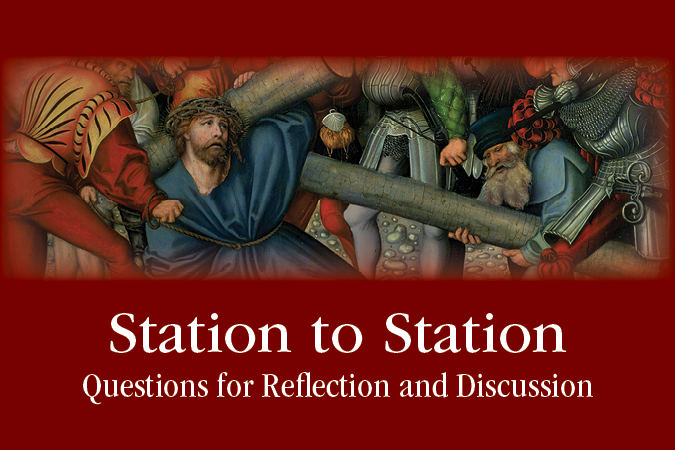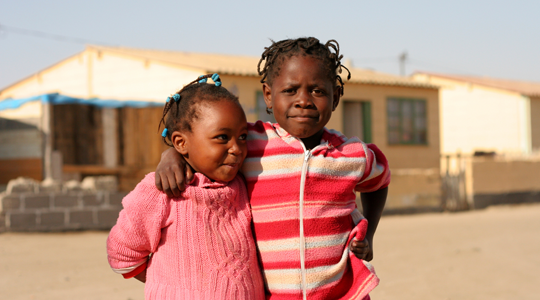Stations of the Cross Booklet
We pray the Stations of the Cross to live Jesus’ suffering in his Passion and the love given to him along the way. At each station we stop, pray, and reflect. To help you explore the Stations of the Cross with your group, download our free foldable booklet. The mini-book is designed to be printed on 8½” x 11” paper and includes spaces for children to draw their own pictures or symbols for the stations. […]






